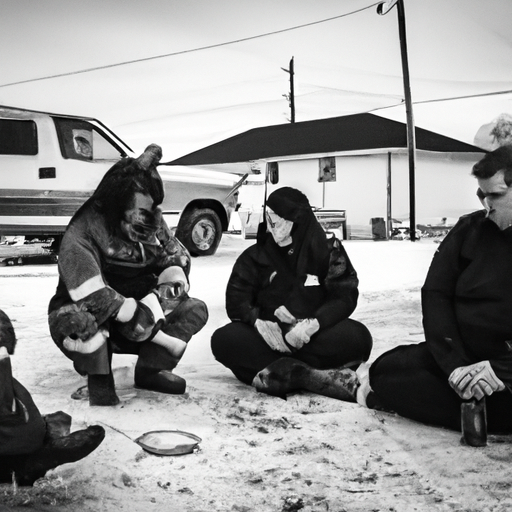A Closer Look at the Opioid Crisis in Canadian First Nations
In the face of the rising opioid crisis affecting communities, news from the First Nations in Manitoba offers a glimmer of hope. Canada, like several of its global counterparts, is combatting an opioid crisis. This crisis disproportionately affects at-risk communities, including the homeless and first investigators. This current article discusses how some action is being taken to address this alarming trend within the First Nations communities in Manitoba.
The Opioid Crisis – A Brief Overview
Over the years, Canada has seen a remarkable increase in opioid-related fatalities, culminating in a crisis. Moreover, the crisis is not limited to recreational drug users. Many initially receive opioids via a prescription for managing chronic pain; it spirals from here.
The opioid crisis is multifaceted, influencing and being influenced by a plethora of social and economic factors. One major hurdle in combating this crisis is the socio-economic disparities faced by vulnerable communities. It’s crucial to understand that the opioid epidemic is intertwined with the larger issues of poverty, homelessness, and educational disparities.
Efforts in Manitoba to Fight the Opioid Crisis
Communities are reeling due to surging opioid addictions, homelessness, and rising crime rates. Nevertheless, help arrived for those living within the First Nations in Manitoba, according to APTN News. New police graduates within the First Nations communities are reportedly becoming instrumental in countering this crisis. Trained with the know-how to deploy naloxone – a medicine known to reverse opioid overdose effects – these officers are a beacon of hope.
Why This Matters
This initiative could serve as a blueprint for communities struggling with similar crises. Collaborative efforts can lead to powerful changes; responses to broader issues such as the opioid crisis sometimes start at a local level before they’re adopted nationally.
Key Takeaways
- The opioid crisis is a mounting concern within Canada, with fatalities related to opioids on the rise.
- The crisis is not limited to recreational users; many are initially prescribed opioids as a form of pain relief.
- A driving factor of the opioid epidemic is socio-economic disparity, which makes at-risk communities more vulnerable.
- First Nations communities in Manitoba are rising to challenge the opioid crisis, with newly trained police officers equipped with naloxone to counter opioid overdoses.
- Collaborative, community-led initiatives could signal the way forward in dealing with such crises.
Final Thoughts
Efforts such as those in the First Nations communities in Manitoba set a promising precedent. Addressing the opioid crisis holistically, recognizing its roots in socio-economic disparities – including homelessness and educational inequality – is critical. Training first investigators to effectively administer naloxone during opioid overdoses can save lives. However, long-term measures to address the broader socio-economic issues contributing to the opioid crisis are essential for meaningful change. Combating the opioid crisis is no small feat, but every step counts.


